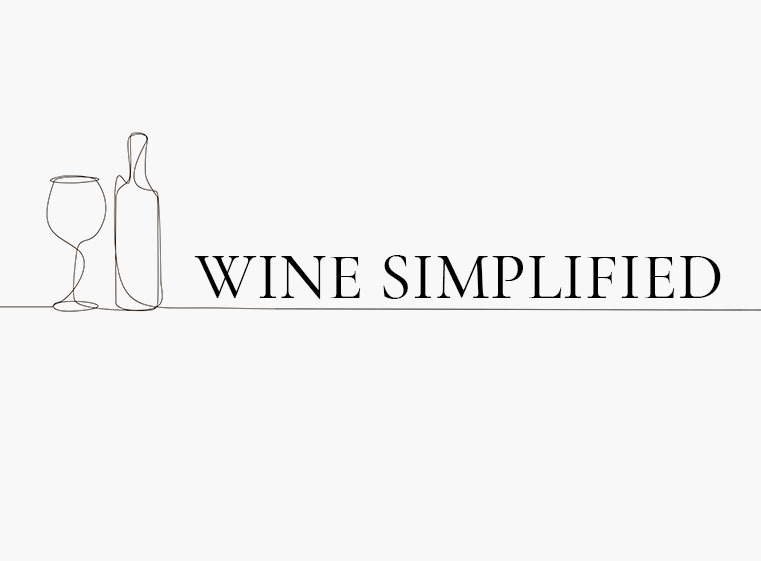Wine Term: Lees
Another departure from our general format for these Wine: Simplified posts. Sorry, we’ve given enough wine speak insight to get you some free pours at the tasting room or make some new friends with the staff (which generally also results in free pours). Now we’re getting into the dirty with terms they will use that you most likely won’t yourself unless regurgitating the information they gave you to others, as you share your personal wine journey outwardly.
You will hear over and over again about certain wines being aged on the lees (Chardonnay, anyone?). But what the heck does that mean?
Lees are essentially the debris left over after fermentation is halted. They include wine particles (stems, seeds, skins, tartrates) and dead (residual) yeasts.
There are two types of lees: gross lees (skins, seeds, larger debris) and fine lees (dead yeasts primarily). Fine lees are generally the lees left in contact when aging on the lees.
Wine is “racked” when it has the lees removed and is set up for aging sans lees.
Some wines actually keep the lees for a portion of aging, giving the wine a yeast-y note, this is called “sur lie” aging.
And in some rarer cases, the wine on the lees is stirred from time to time to release the lees influence and really go for an uplifted yeast-y presentation in the final product. This is called “bâtonage.”
In America you’ll hear more commonly “sur lie” or most commonly “aged on the lees,” both meaning the same thing. Bâtonage is more of a French technique used in France more frequently than in American wines.
So if you’re a big fan of Champagne or toasty, bread-y Chardonnay, you have the lees to thank for that expression.
Most all of red wines made worldwide are not produced in a “sur lie” style as the proteins released from this aging style adhere to the tannins in the wine and alter the oak influence and mouthfeel, and tannins, oak influence, and mouthfeel are hyper-important in determining the age potential of a red wine. Safe to say, all red wines are “racked” before aging and bottling.

